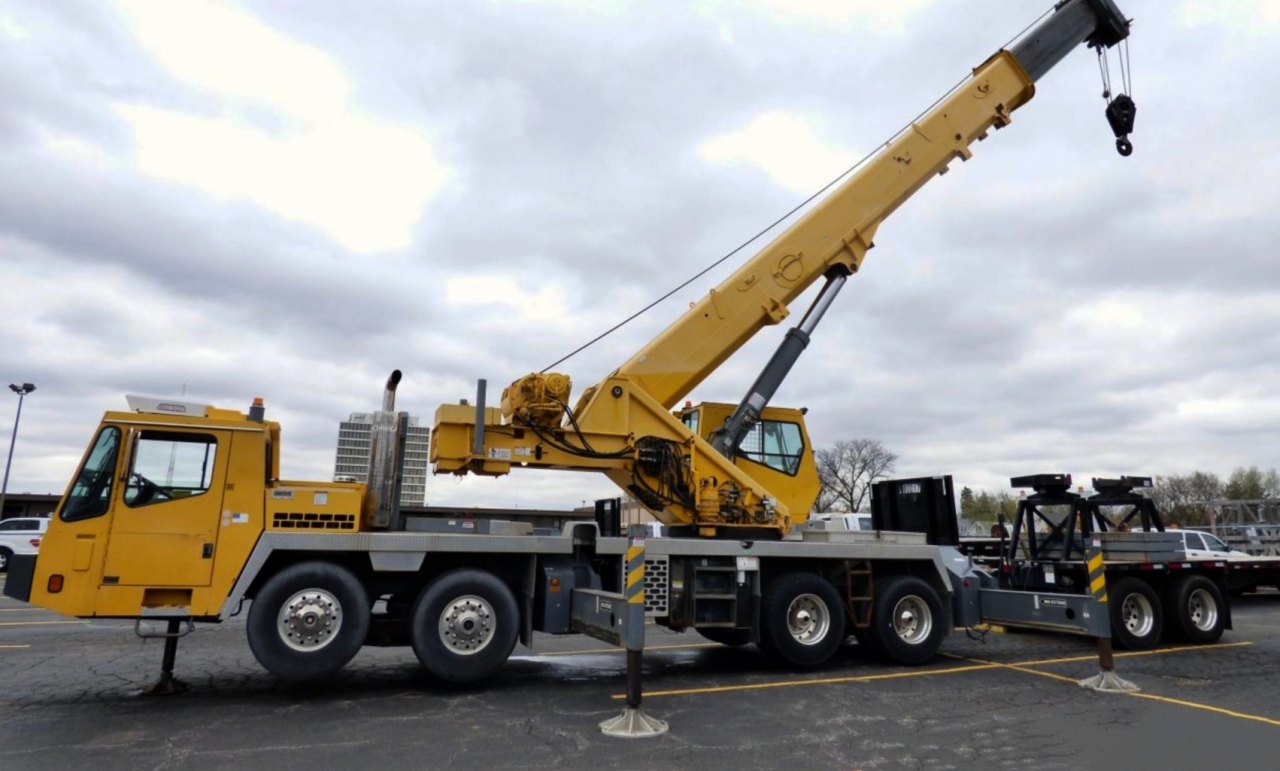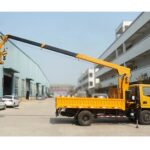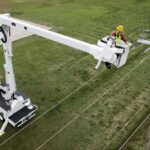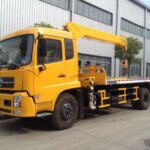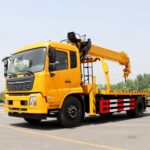In the realm of heavy lifting and construction, innovation has continually pushed the boundaries of what is possible. Among the remarkable inventions that have revolutionized the industry, telescopic cranes mounted on trucks stand out as a symbol of adaptability, efficiency, and versatility. These impressive machines combine the capabilities of both a crane and a truck, offering a wide array of applications across various industries. From construction sites to disaster relief efforts, their adaptability knows no bounds.
The Evolution of Telescopic Cranes on Trucks
The concept of telescopic cranes on trucks traces its roots back to the early 20th century when the construction industry was undergoing significant advancements. Traditional cranes were often stationary, requiring time-consuming assembly and disassembly processes for transportation. The need for a more convenient and efficient solution gave rise to the idea of mounting cranes onto mobile platforms like trucks.
The first iterations of telescopic cranes on trucks were rudimentary compared to the sophisticated machines we see today. They featured basic hydraulic systems and limited reach capabilities. However, their mere existence marked a paradigm shift in the world of heavy lifting. Over the decades, technological advancements propelled these cranes forward, enhancing their lifting capacity, reach, and precision.
Adaptability Across Industries
One of the most striking features of telescopic cranes on trucks is their adaptability to a wide range of industries and applications. These cranes are engineered to handle various loads and situations, making them indispensable in today’s dynamic work environments.
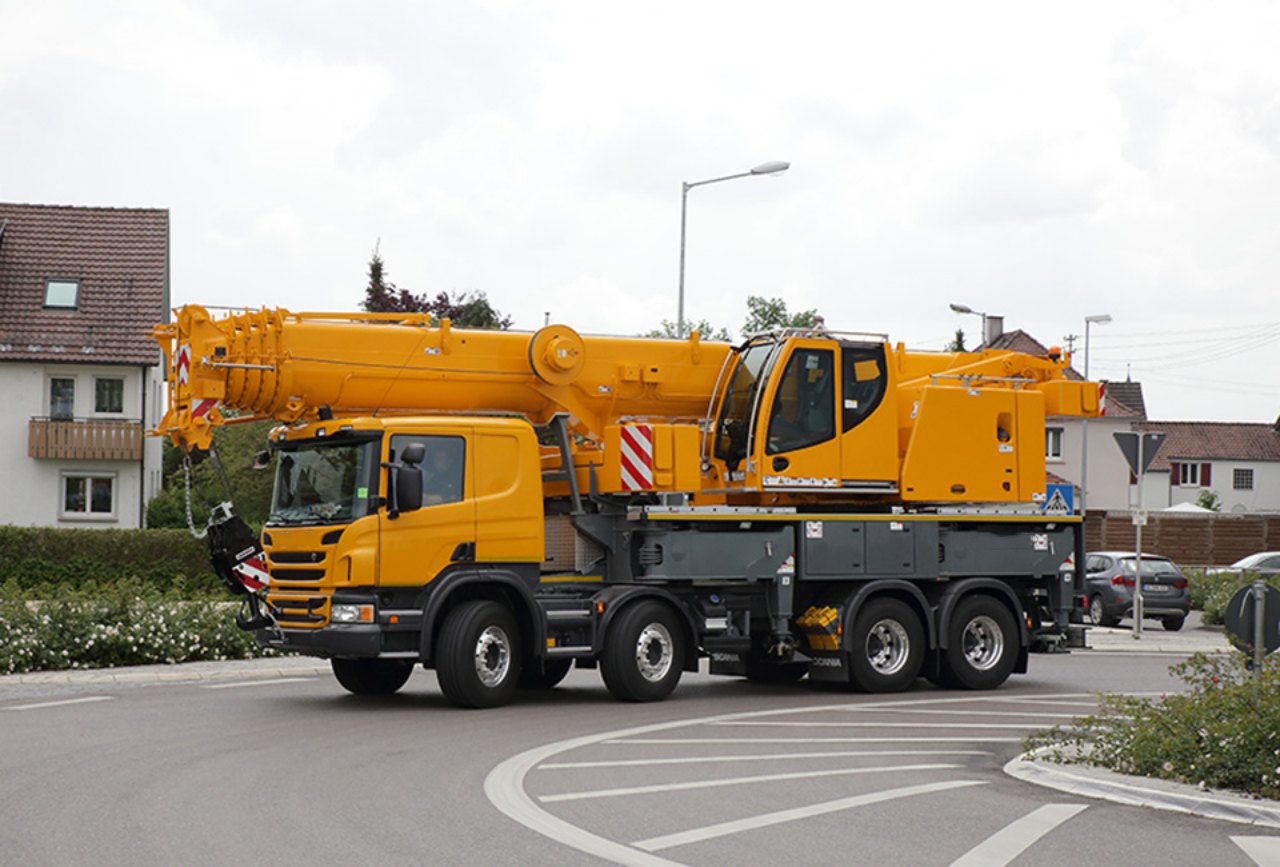
Construction and Infrastructure
In the construction sector, these cranes play a pivotal role in erecting buildings, lifting heavy materials, and facilitating intricate construction tasks. Their mobility eliminates the need for multiple cranes on a single site, saving both time and resources. Moreover, their telescopic booms enable operators to reach great heights and extend over obstacles, providing unparalleled flexibility on construction projects.
Utilities and Maintenance
Telescopic cranes find utility in routine maintenance and repair operations. Whether it’s lifting and installing utility poles, servicing streetlights, or conducting repairs on elevated structures, these cranes offer a safe and efficient solution. Their ability to quickly reach otherwise inaccessible areas significantly reduces downtime and operational disruptions.
Disaster Relief and Emergency Services
When disasters strike, rapid response becomes imperative. Telescopic cranes on trucks have been instrumental in disaster relief efforts, aiding in tasks such as debris removal, rescue operations, and restoration of infrastructure. Their mobility allows them to navigate through challenging terrains and access remote locations, making them essential tools during emergencies.
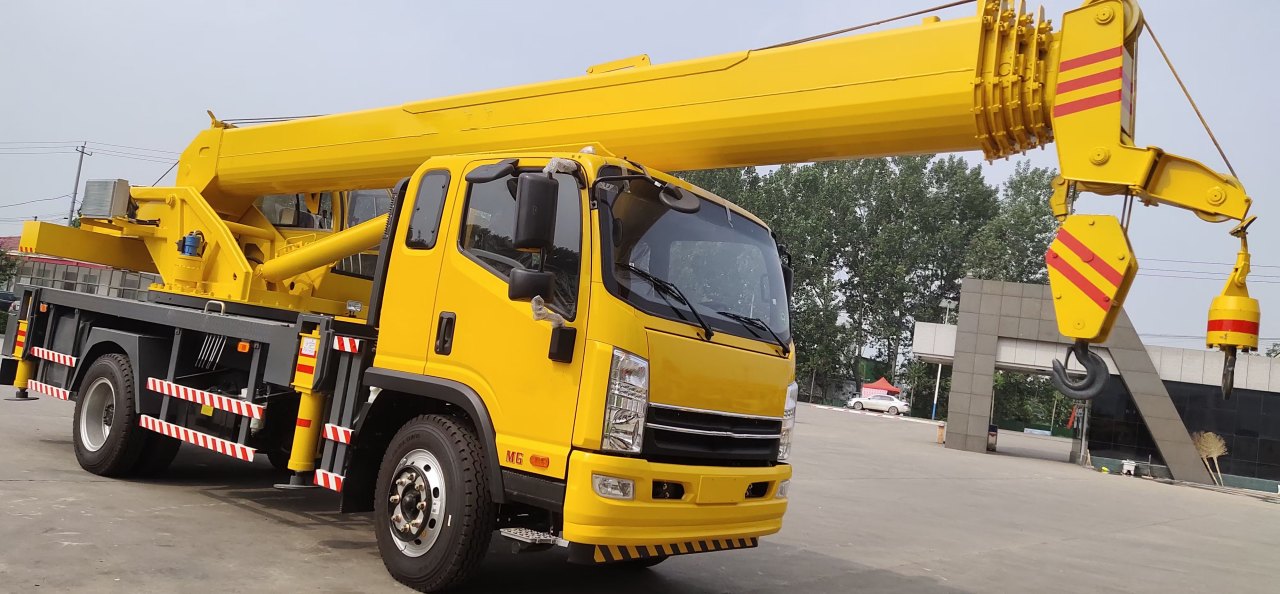
Logistics and Transportation
The logistics industry benefits greatly from the adaptability of telescopic cranes on trucks. They are employed in loading and unloading heavy cargo, whether it’s at ports, warehouses, or transportation hubs. These cranes streamline the movement of goods, enhancing efficiency and reducing manual labor.
Technological Advancements and Features
Modern telescopic cranes on trucks are a testament to human ingenuity and engineering prowess. These machines have evolved to incorporate a host of advanced features that elevate their performance and safety standards.
Hydraulic Systems and Telescoping Mechanisms
At the heart of these cranes are sophisticated hydraulic systems that enable smooth and precise movements. The telescopic boom, a defining feature of these cranes, can extend and retract with remarkable accuracy. This telescoping mechanism enhances reach while maintaining stability during lifting operations.
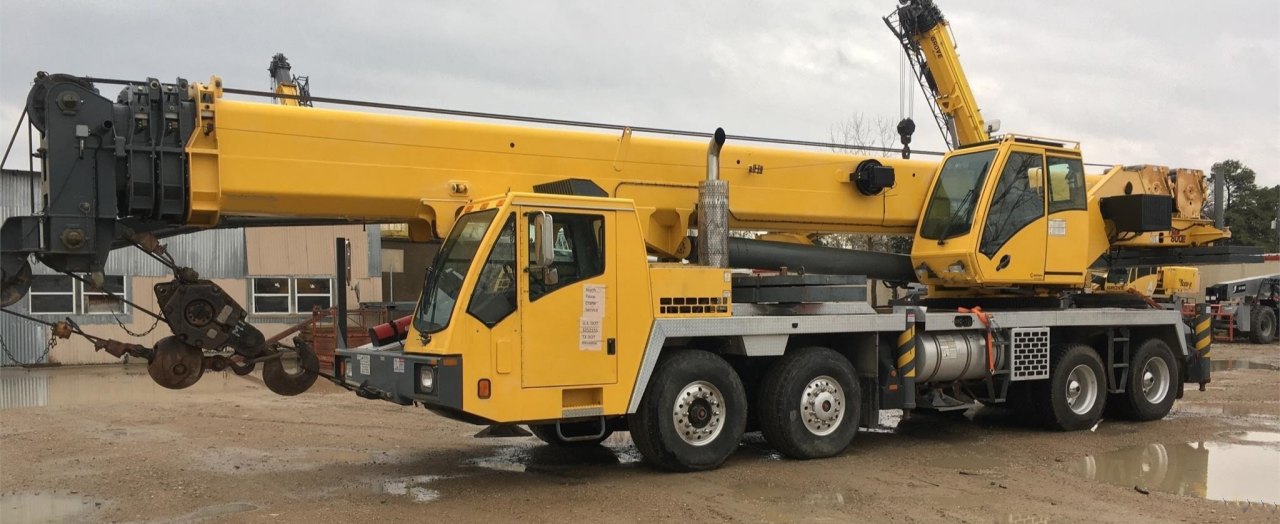
Operator Control and Safety
Operator comfort and safety have been paramount in the development of these cranes. Ergonomically designed cabins offer optimal visibility and intuitive controls. Additionally, many models come equipped with load monitoring systems, ensuring that lifting capacities are not exceeded and preventing potential accidents.
Remote Operation and Automation
As automation technology advances, remote-controlled telescopic cranes are becoming more prevalent. This feature proves invaluable in hazardous environments where human presence should be minimized. Remote operation enhances safety while retaining the precision and control required for intricate lifting tasks.
Versatility in Attachments
The adaptability of telescopic cranes is further enhanced by their compatibility with a variety of attachments. Hook blocks, winches, and jib extensions can be added to cater to specific lifting needs. This versatility ensures that a single crane can perform an array of tasks without the need for extensive modifications.
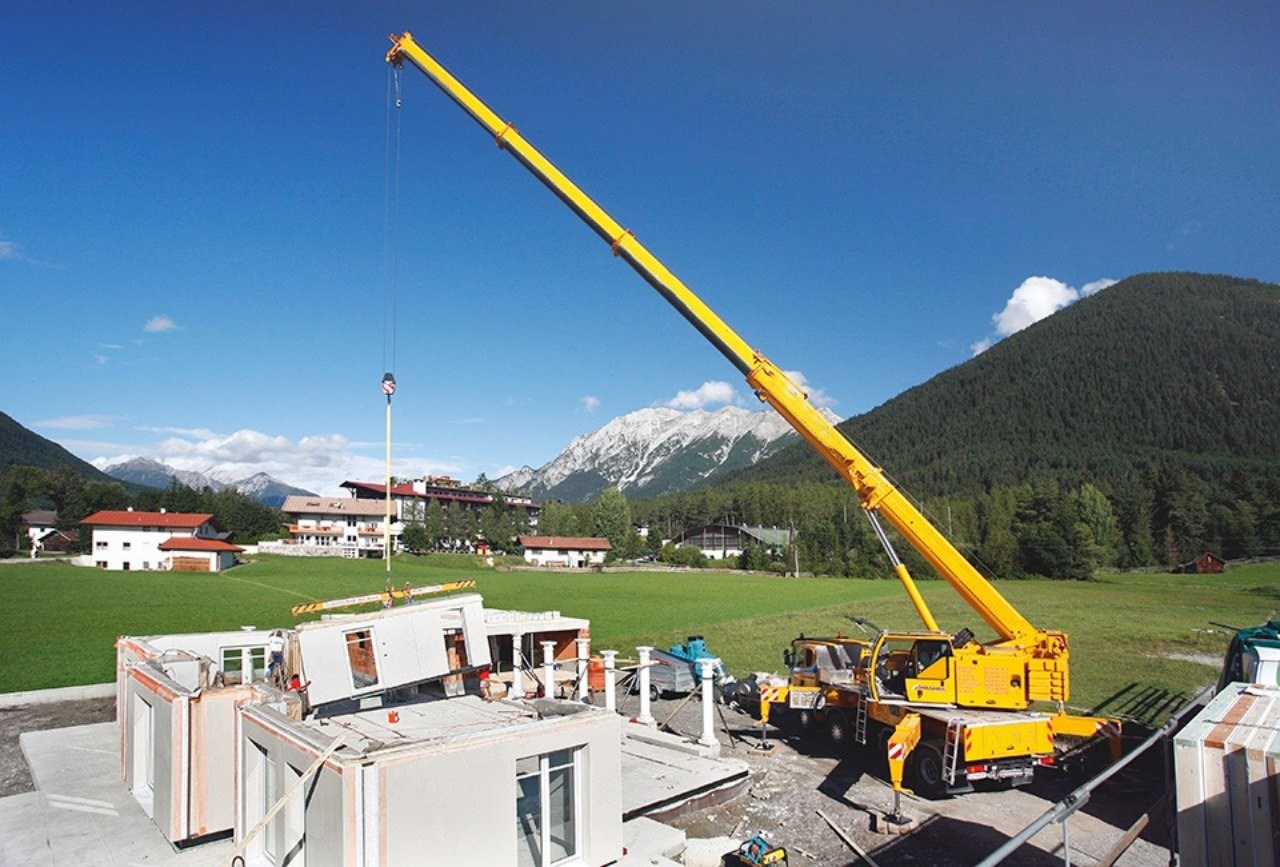
Balancing Advancements with Challenges
While the future of telescopic cranes on trucks holds great promise, it’s important to acknowledge the challenges that come hand-in-hand with these advancements.
Training and Skill Development
As cranes become more technologically advanced, the demand for skilled operators increases. Training programs must evolve to ensure that operators are well-versed in the nuances of operating these sophisticated machines. Safety protocols, maintenance procedures, and troubleshooting skills are all critical aspects that operators need to master.
Maintenance and Reliability
The integration of advanced technologies brings with it the need for vigilant maintenance. Hydraulic systems, electronic components, and automation mechanisms require regular upkeep to ensure reliability and prevent costly breakdowns. Service technicians must stay updated on the latest diagnostic tools and maintenance techniques.
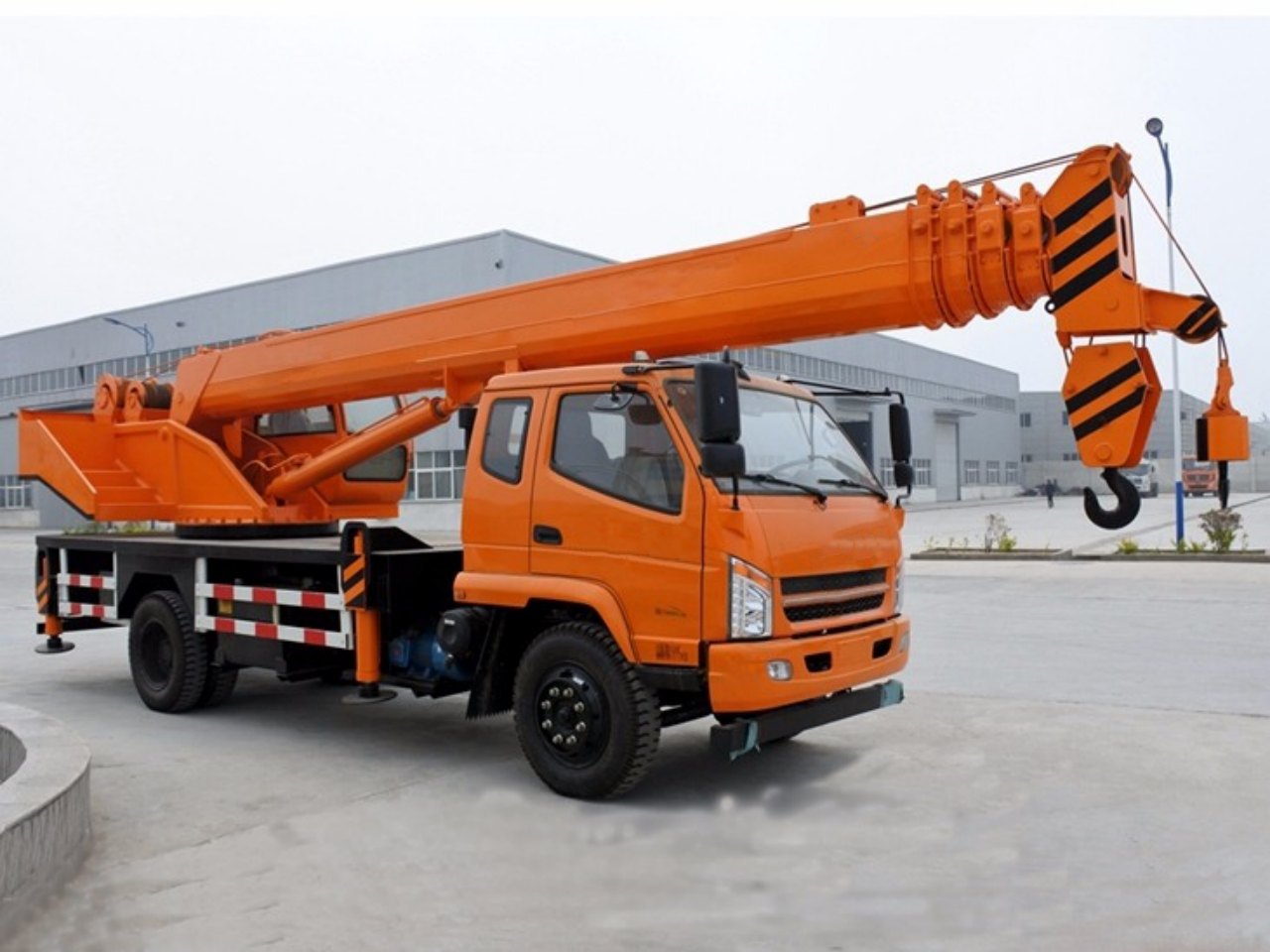
Infrastructure and Regulation
The adaptability of telescopic cranes on trucks often takes them across diverse terrains and through different jurisdictions. This raises challenges related to infrastructure compatibility and regulatory compliance. Local regulations regarding weight limits, road access, and safety standards must be navigated effectively to ensure smooth operations.
Environmental Considerations
As industries strive to minimize their environmental impact, telescopic cranes on trucks must also evolve to meet these standards. Manufacturers are exploring ways to enhance fuel efficiency, reduce emissions, and incorporate sustainable materials without compromising performance.
Real-World Applications
To truly appreciate the adaptability of telescopic cranes on trucks, it’s worth examining their role in specific real-world scenarios.
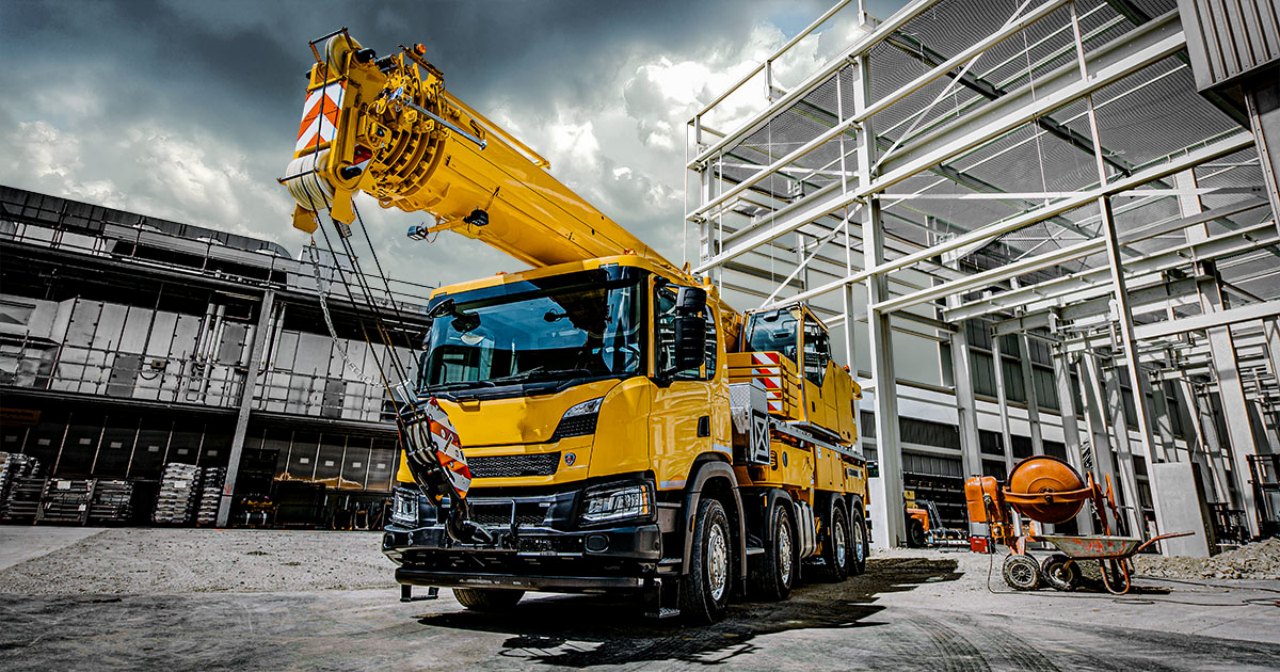
Disaster Recovery in Remote Areas
Imagine a natural disaster striking a remote area with limited access. Traditional cranes might struggle to reach the affected site, but telescopic cranes mounted on trucks can navigate challenging terrains and provide immediate assistance. Whether it’s removing debris, rescuing trapped individuals, or rebuilding vital infrastructure, these cranes prove indispensable in disaster recovery efforts.
Urban Construction Challenges
In densely populated urban environments, construction sites are often confined by limited space and complex logistics. Telescopic cranes on trucks excel in these situations, as they can be strategically positioned to optimize reach and minimize disruptions to traffic and surrounding structures. Their adaptability ensures that urban construction projects proceed efficiently and with minimal impact on the cityscape.
Flexible Logistics Solutions
In the logistics sector, these cranes play a crucial role in loading and unloading cargo containers at ports and distribution centers. Their ability to handle heavy loads with precision reduces the risk of damage to goods and accelerates the movement of shipments. The adaptability of these cranes allows for seamless integration into various stages of the supply chain.
Conclusion
The evolution of telescopic cranes on trucks from their early iterations to the technologically advanced machines of today exemplifies the power of innovation and human ingenuity. Their adaptability and versatility have reshaped industries ranging from construction to disaster relief, leaving an indelible mark on how heavy-lifting tasks are approached.
As we look ahead, the challenges of training, maintenance, regulation, and environmental impact should not overshadow the potential for continued advancements in this field. The integration of automation, improved materials, and enhanced safety features promises to redefine the capabilities of these cranes, making them even more indispensable in the years to come.
Telescopic cranes mounted on trucks are not merely tools; they represent a fusion of engineering excellence and practicality. They remind us that progress is driven not only by groundbreaking inventions but also by the relentless pursuit of adapting to the ever-evolving demands of the world we inhabit. In an age where adaptability is a cornerstone of success, these cranes stand tall as a symbol of innovation that moves industries and economies forward.
